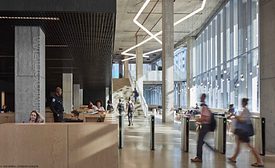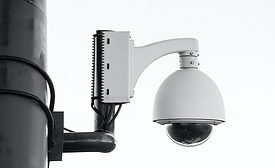Web Exclusive Stories
Touchless access control solutions look to alter the landscape of higher education
New and innovative access control and secured entrance options take center stage on college campuses
April 13, 2021
Taking a DIY approach to cybersecurity is a dangerous proposition
Working with an MDR provider gives you the talent, tools and full coverage you need
April 8, 2021
Sign-up to receive top management & result-driven techniques in the industry.
Join over 20,000+ industry leaders who receive our premium content.
SIGN UP TODAY!Copyright ©2024. All Rights Reserved BNP Media.
Design, CMS, Hosting & Web Development :: ePublishing













